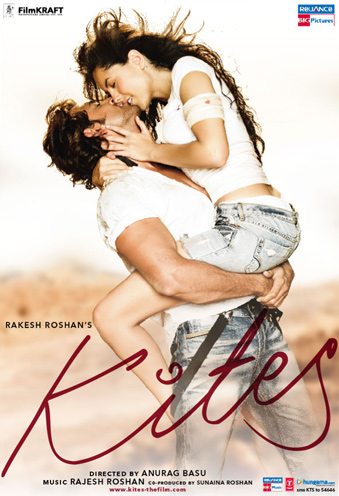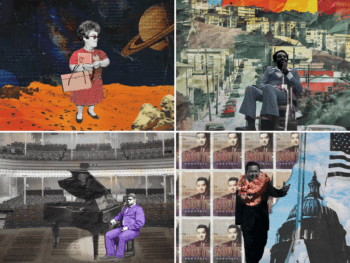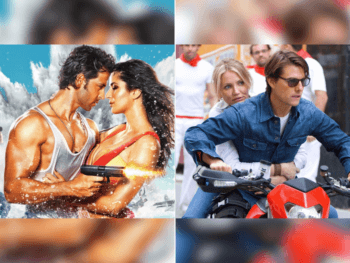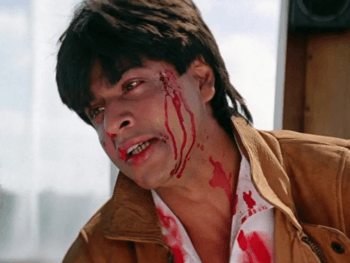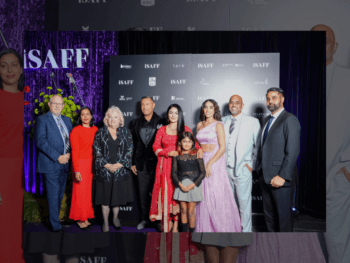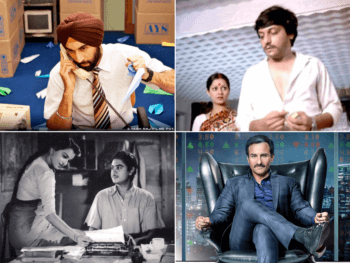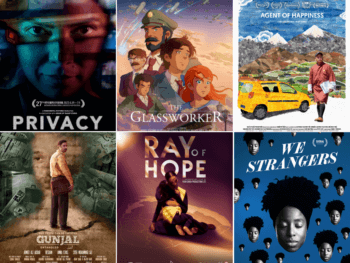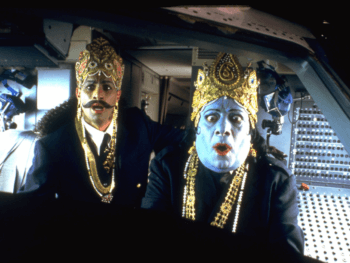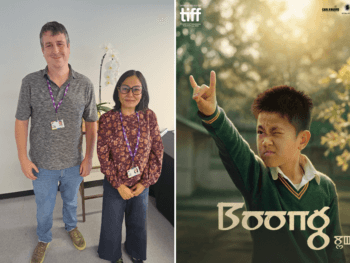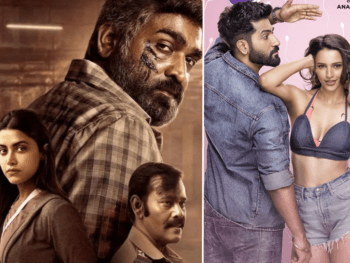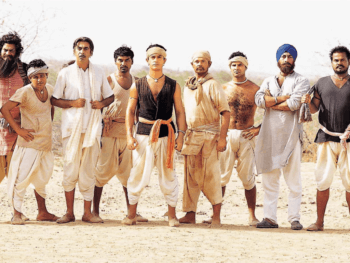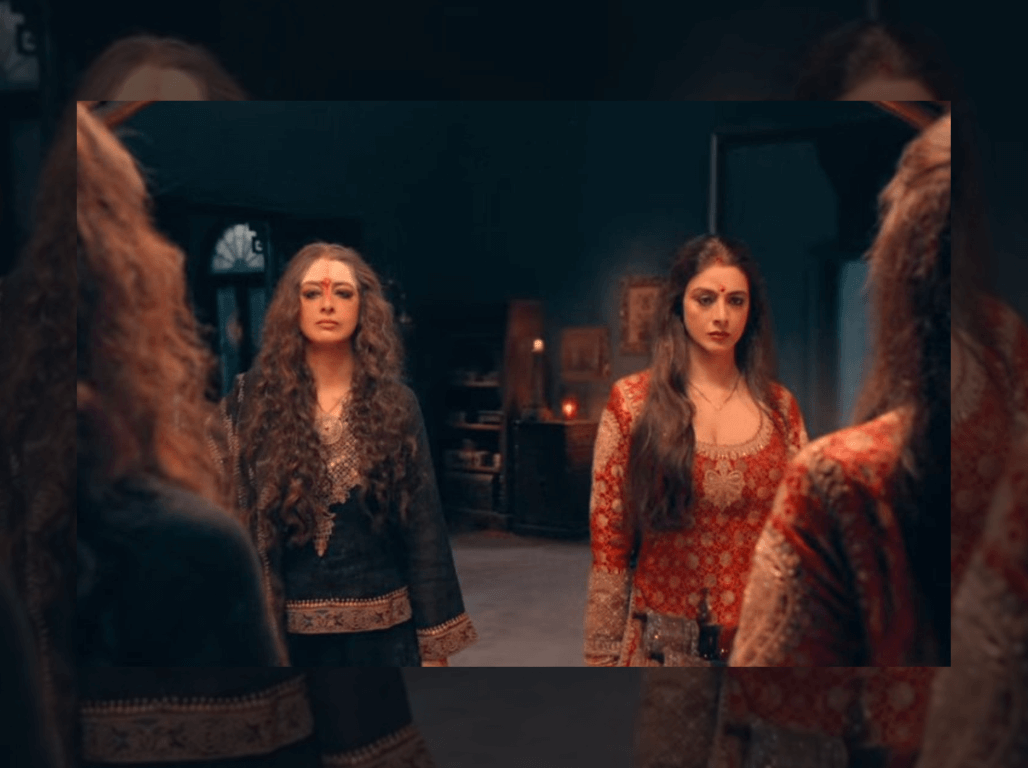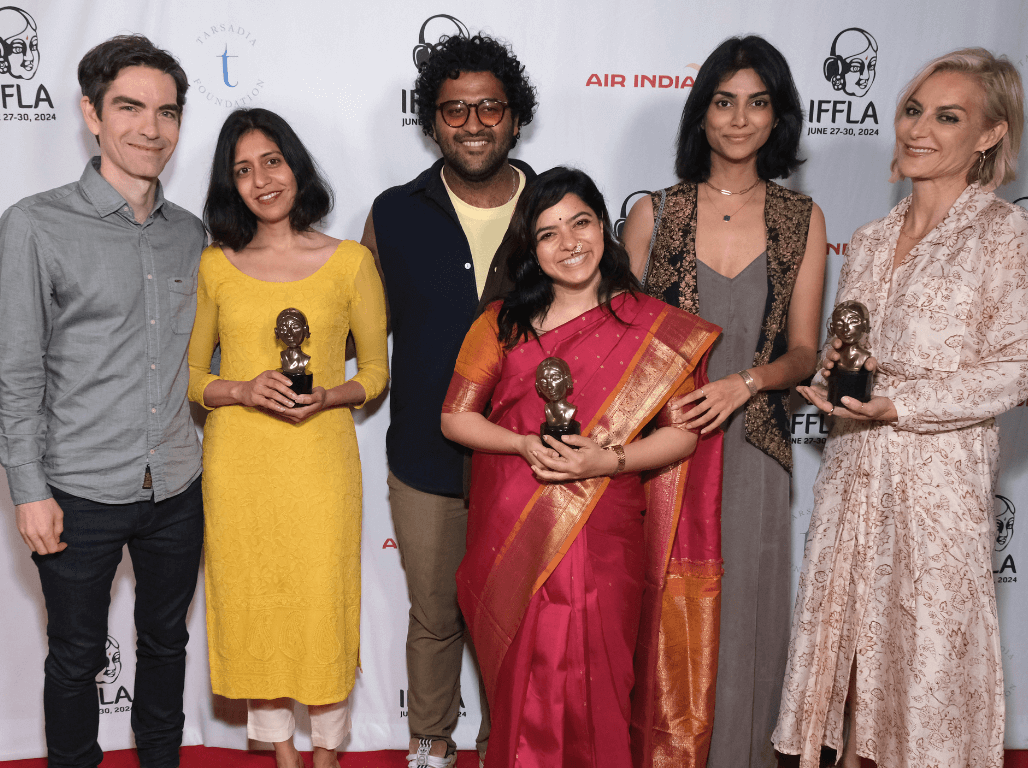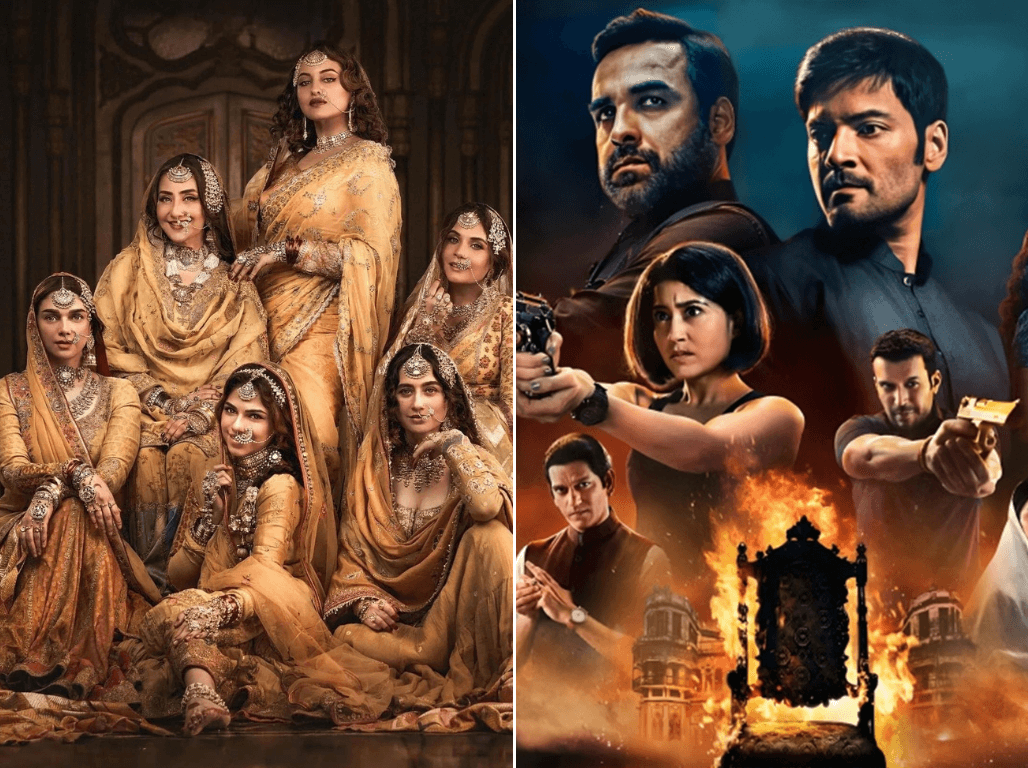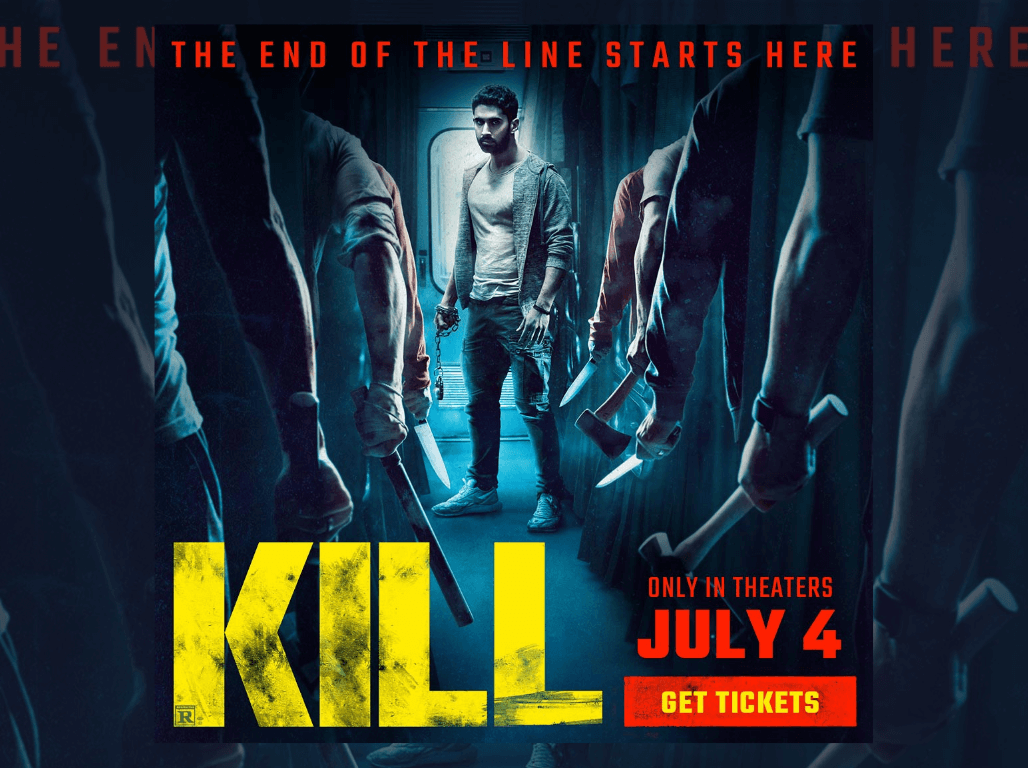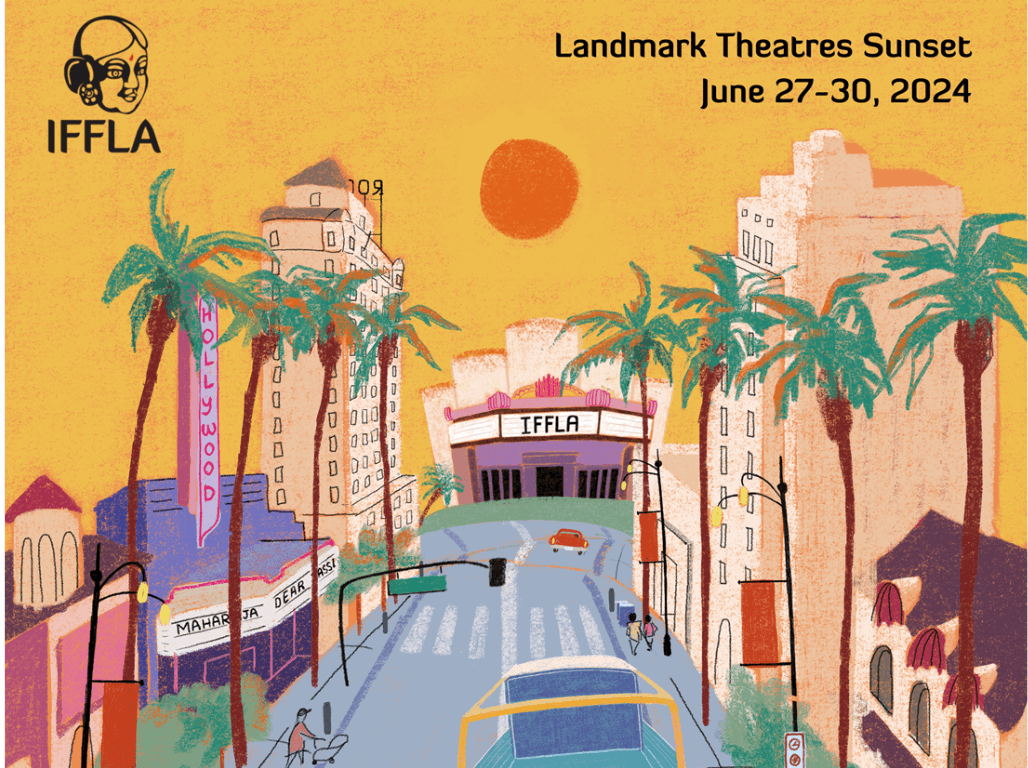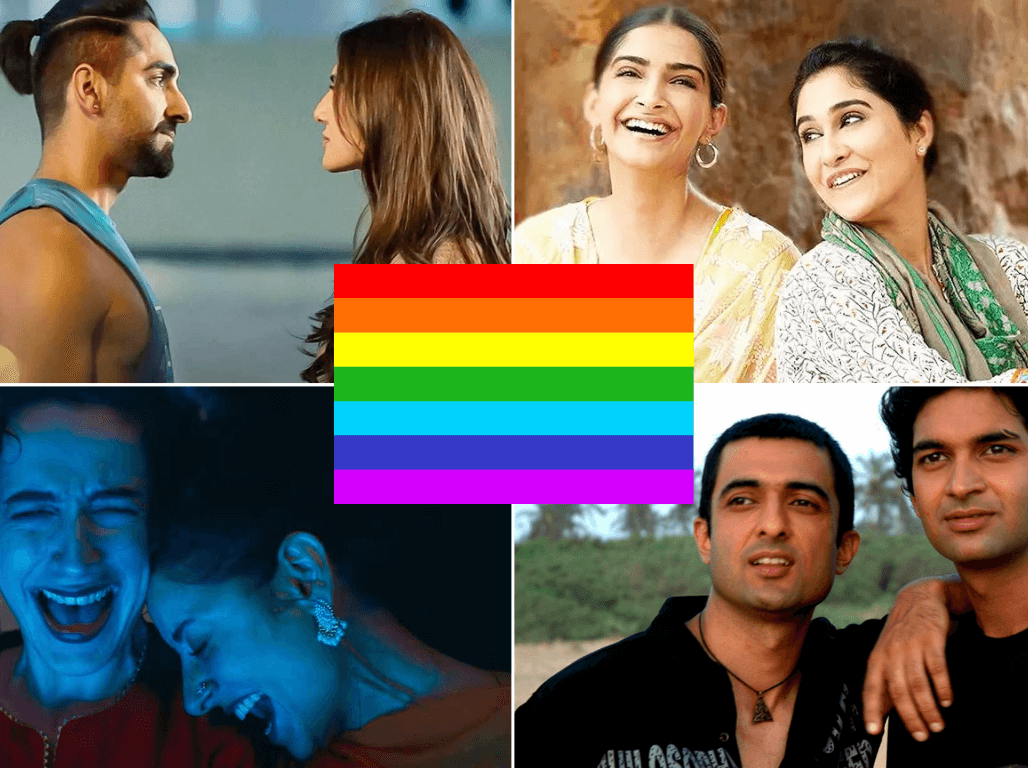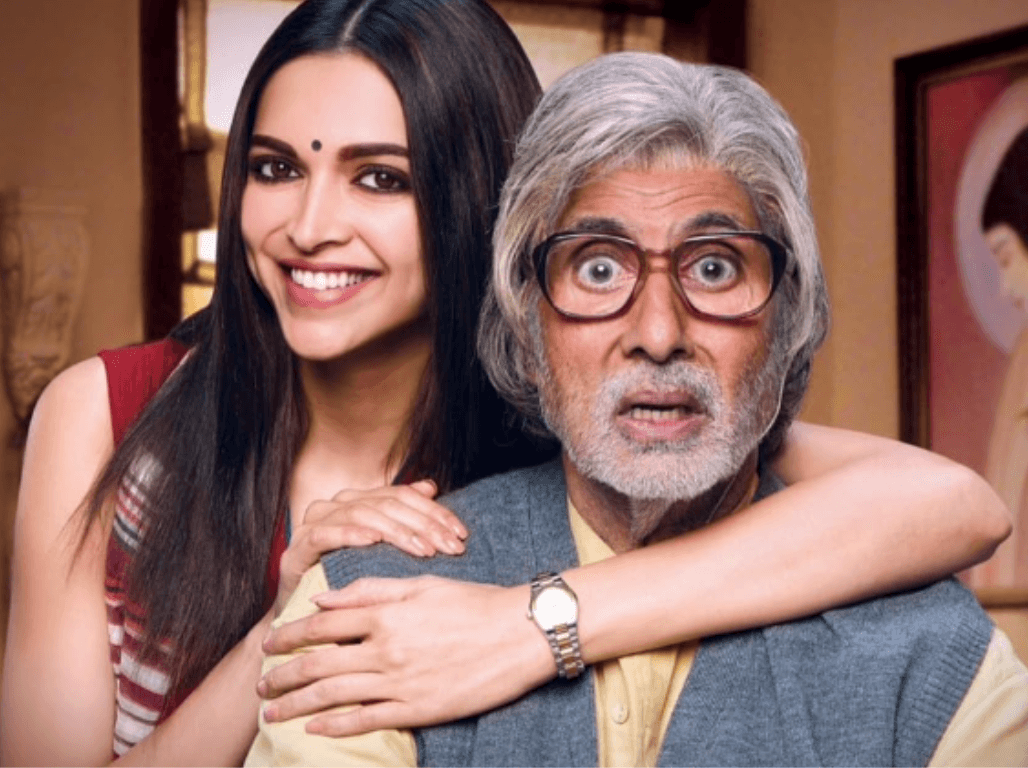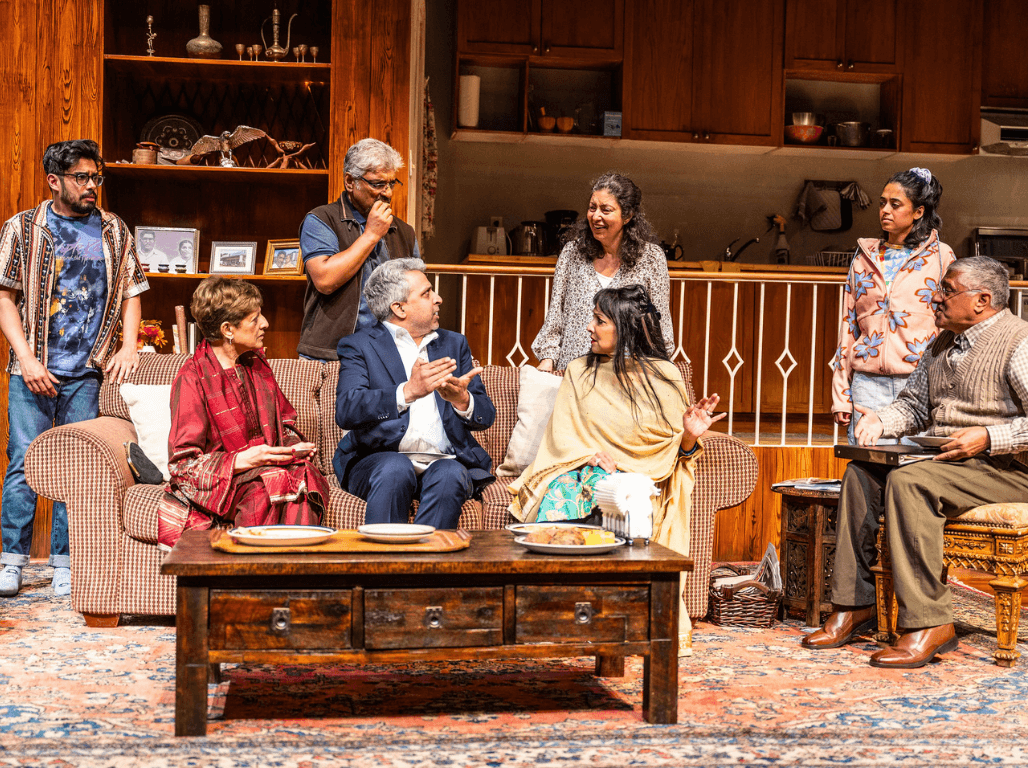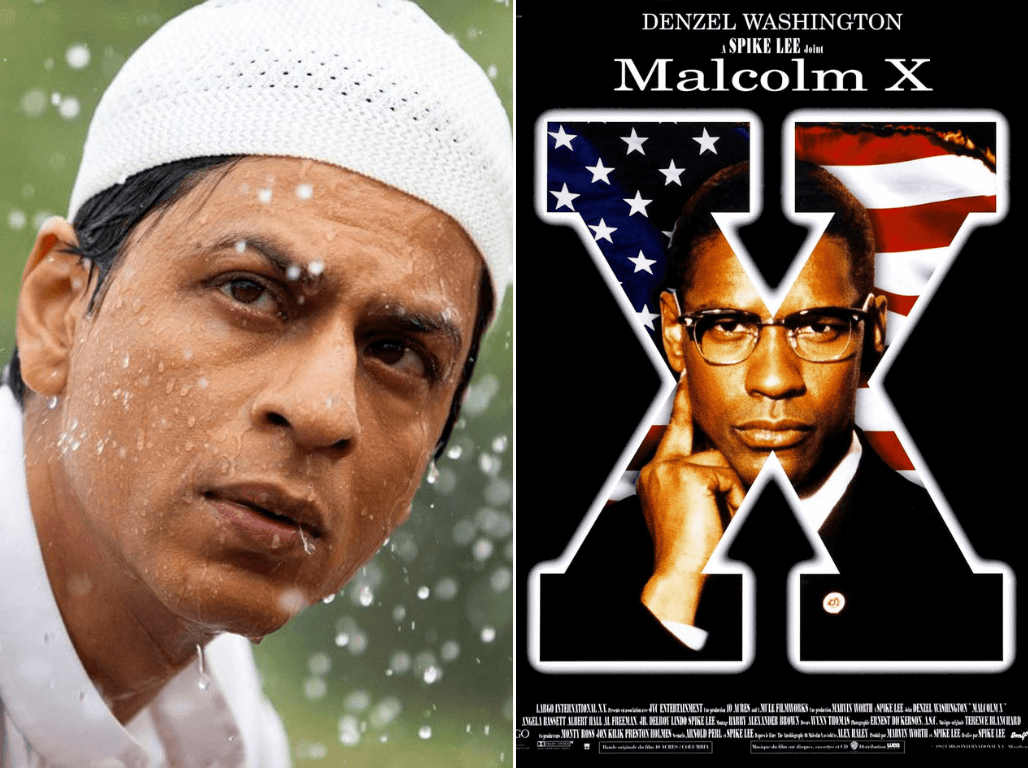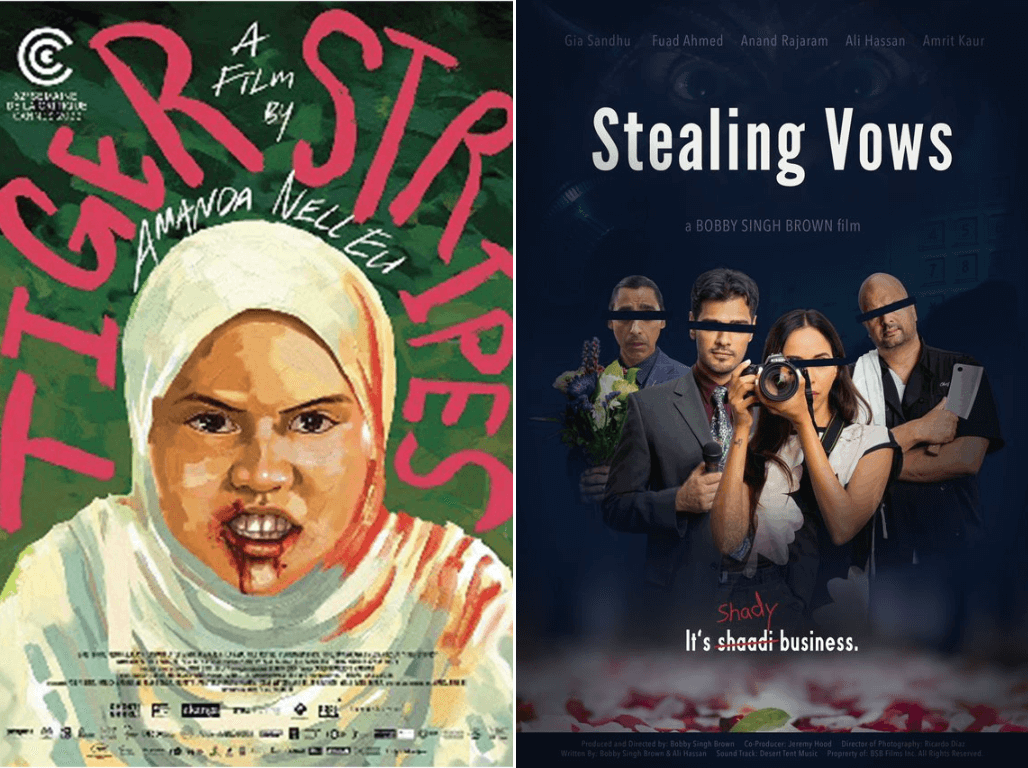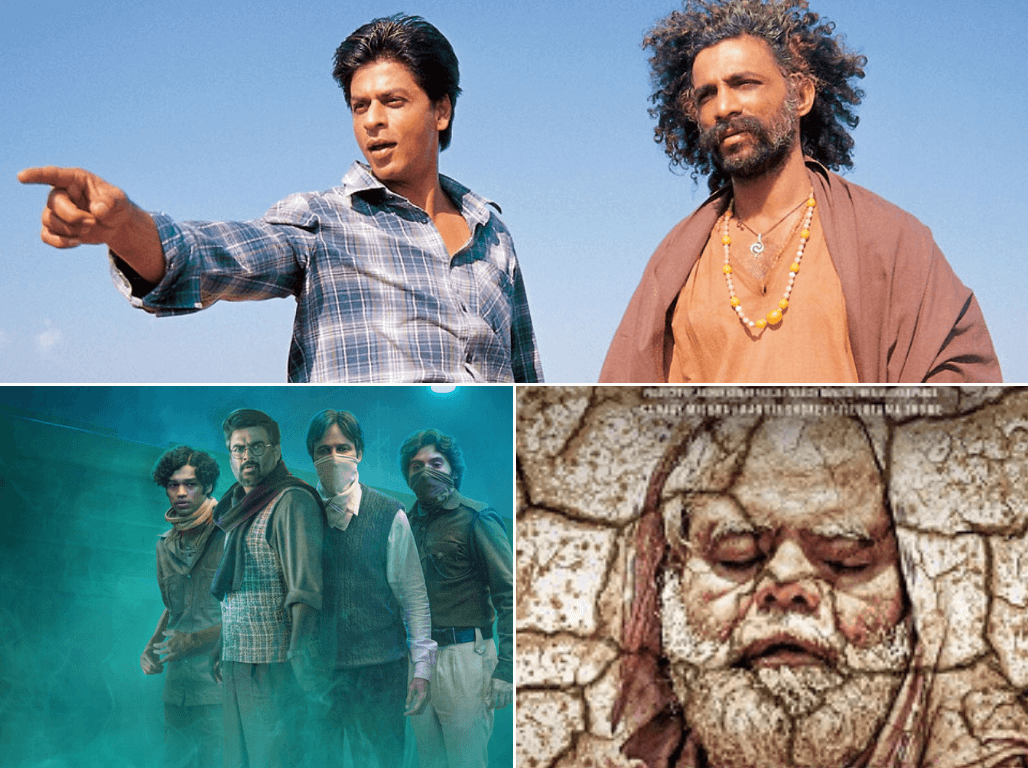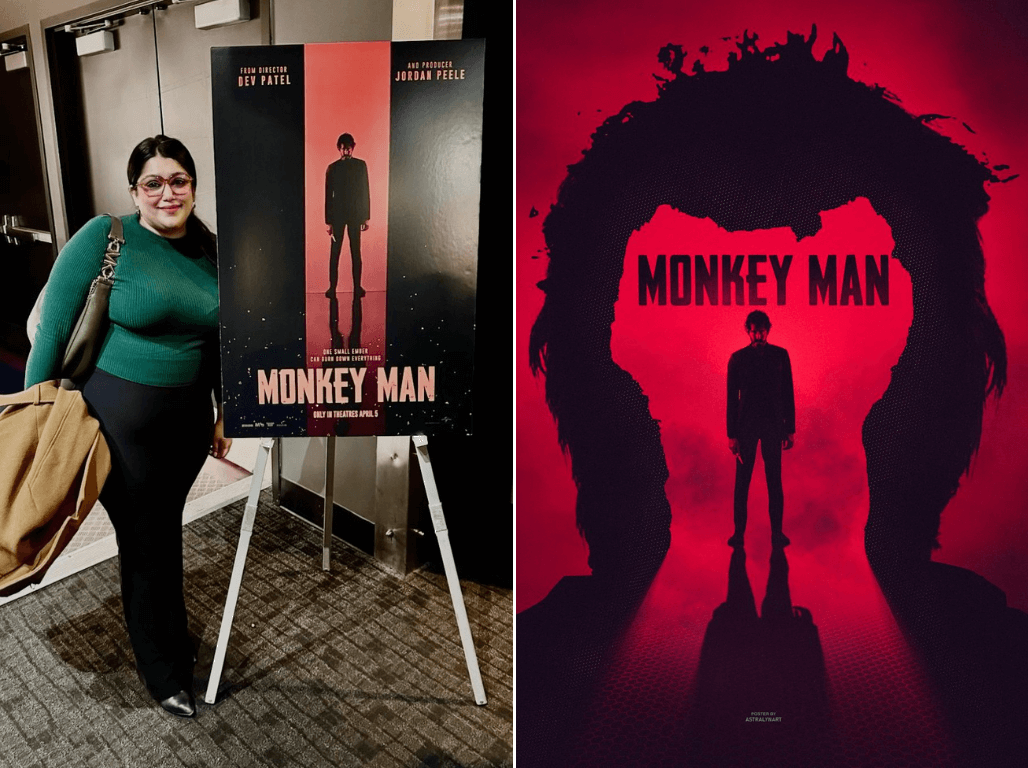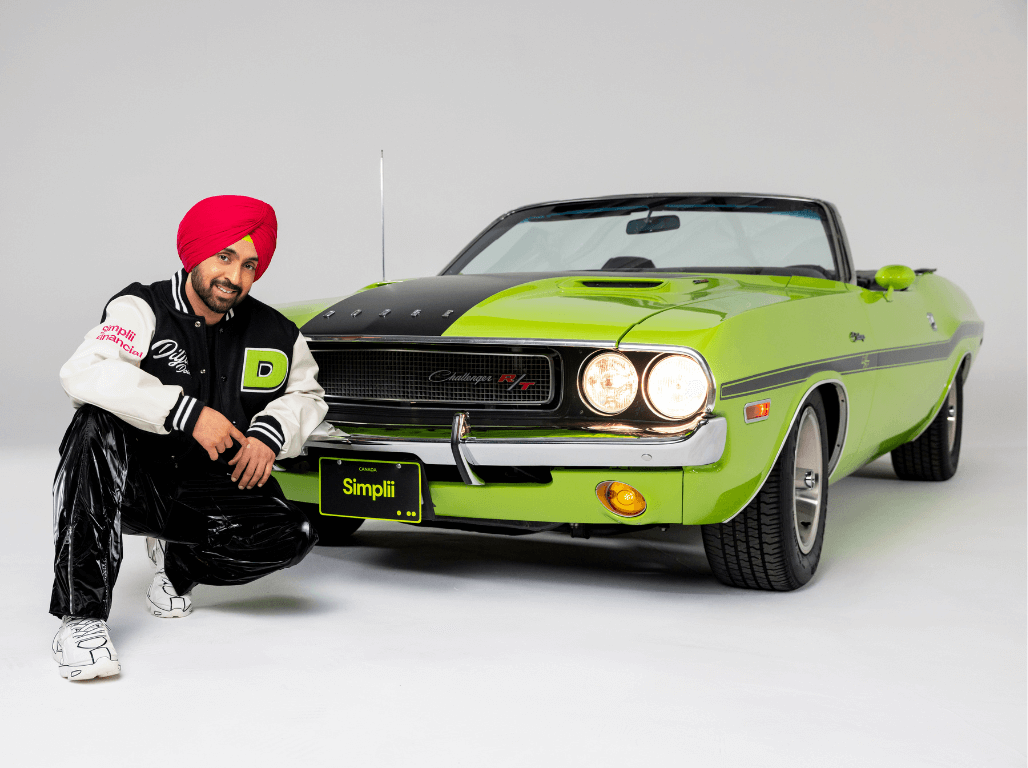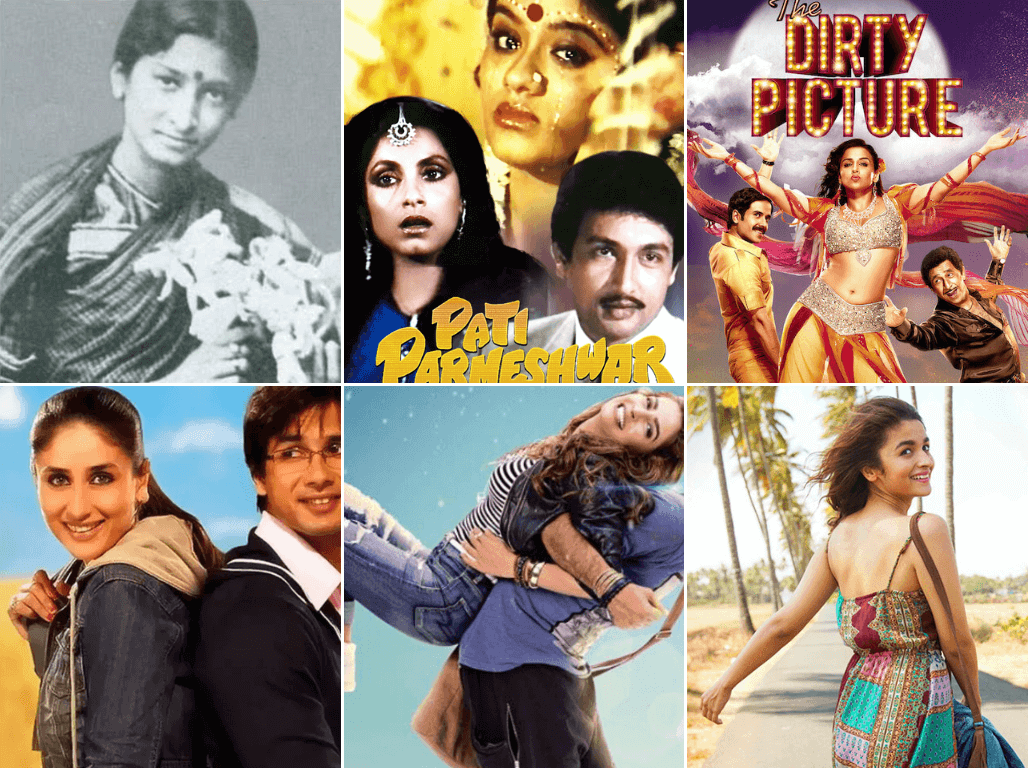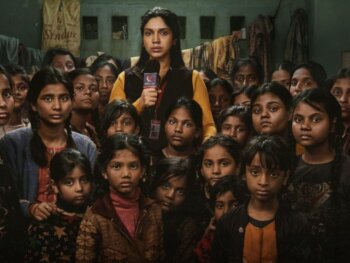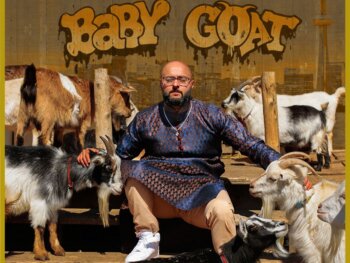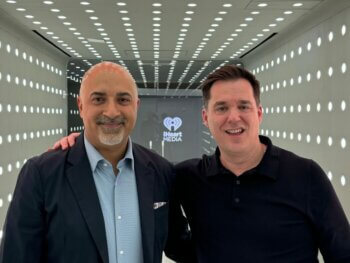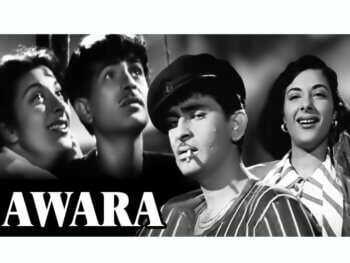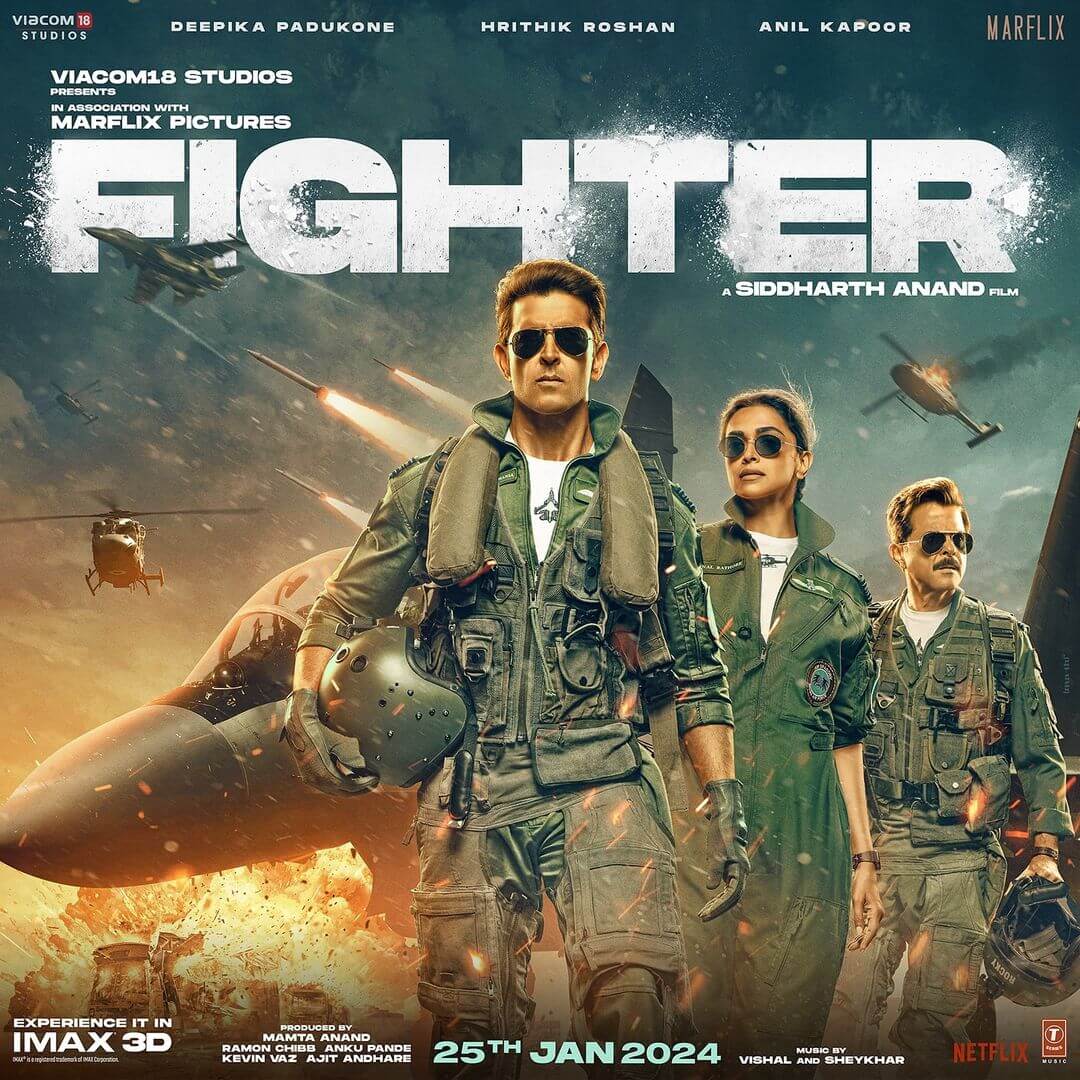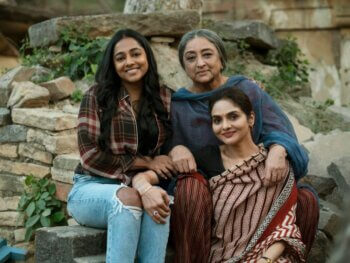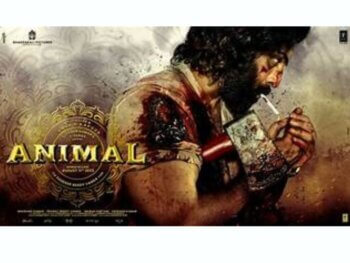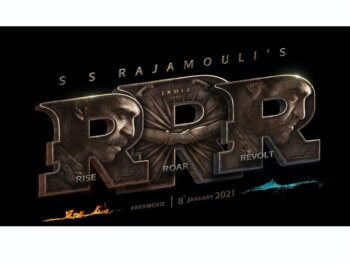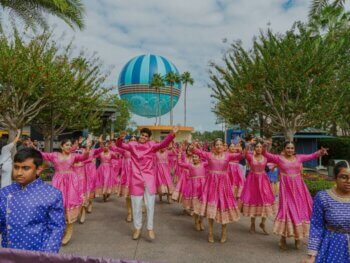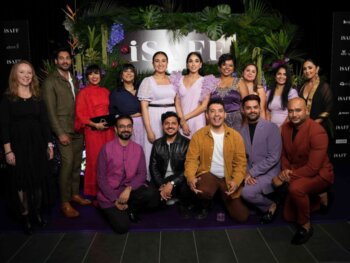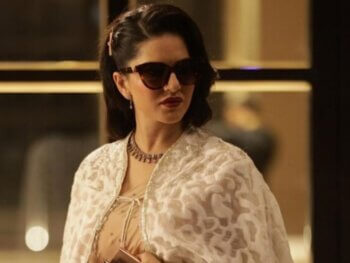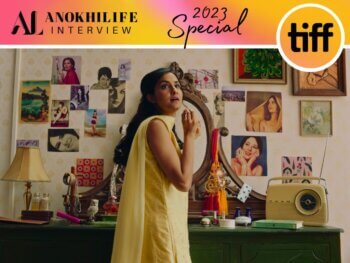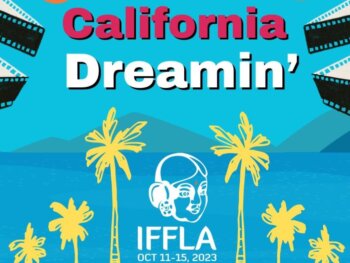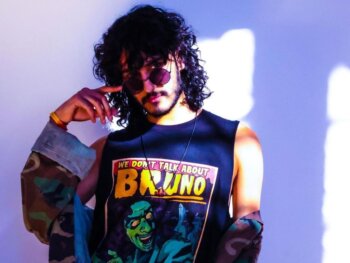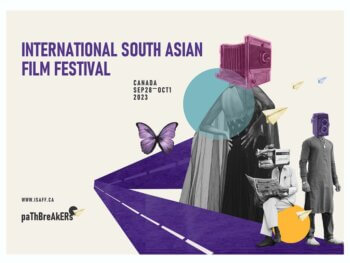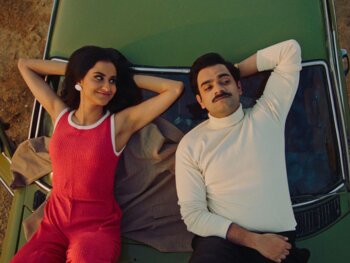Director Anurag Basu and producer Rakesh Roshan chats with ANOKHI's Editor-In-Chief, about crazy car stunts, the Mexican connection and Hrithik's singing debut—all in this summer's epic blockbuster
In what will be the widest ever release for any Indian 'Bollywood' production, KITES, (www.kites-thefilm.com) the eagerly anticipated romantic adventure starring Hrithik Roshan and Barbara Mori, along with Kangana Ranaut and Kabir Bedi, is set to hit theatres in India, U.S. and Canada, on May 21, 2010. Produced by Rakesh Roshan and directed by Anurag Basu, KITES will be released by Reliance BIG Pictures on more than 2000 screens simultaneously, including over 200 in the United States.
Shot completely on location in Las Vegas, Nevada, Sante Fe, New Mexico and Los Angeles, California, KITES is a unique 'Bollywood' film that fearlessly brings another dimension to the East meets West ideology by working with Brett Ratner. Ratner, the acclaimed director of the Rush Hour series created a re-edited English language version, designed to extend the reach of the original. Entitled, KITES: THE REMIX, the film will be released in association with Mark Urman's Paladin, and will open in several major markets, including New York and Los Angeles, for the Memorial Day holiday weekend, beginning May 28th.
I had a chance to chat with power duo behind this feature film: director Anurag Basu and producer Rakesh Roshan who both shared with me their unique experiences of making this epic film.
HA: Mr. Basu, you having directed Metro (2007) and Gangster (2006) and you Mr. Roshan, with your illustrious career in producing and directing, including Krrish (2006), Koi Mil Gaya (2003) and Koyla (1997); I would love to hear from you both, how this particular collaboration for KITES come to be?
Mr. Roshan— Mr. Basu just told me his story and would love to hear yours. (laughs)
RR: What was his part of the story? (laughs)
HA: His story was a great story now let's see if you can match it (laughs).
RR: (laughs). After Krrish, I wanted to make a love story. I happened to see Anurag's Gangster and I told him that Hrithik would like to work with you. He mentioned that "I make small budget films, I don't have a story for a big budget film. But now that you have told me, I'll think about something." He then asked me about my upcoming projects and I told him that I was thinking of making a movie called KITES and told him the story. He was interested in the plot and I said to him "If you find this so interesting, why don't you direct it?" He said, "Are you kidding Mr. Roshan! Why would you give your project to me?" I said, "I don't have to prove anything now—for us to make a good film for Hrithik, either I make it or you make it. And I see that you can make a good movie and with my experience and support you can make a big film and a good film." And that's how it all began.
AB: So I took the idea and presented it to Hrithik. Hrithik listened to the idea of the film, he then walked around the hall thinking about it and then came back to the same seat that he was sitting in and asked "When are we starting this?".

HA: What's your take on the meaning of the film's title?
AB: It was always a working title. I used the word "kites" as a metaphor in the film and when I was writing the screenplay, it was used a lot of times. Kites fly against the wind and not with the wind. It is the same with these two lovers, as they face their obstacles, their love grows. So it was used as a metaphor and we were using it as a working title for the film. We got good feedback along the way so we decided to stick with this title. And it starts with a K! (laughs)
RR: For me, when you see kites flying they look the most romantic. They come close to each other, fight with each other, they embrace each other. But sometimes when they get too close one gets cut. So that is a symbolic to the love story we have.
HA: With regards to your direction Mr. Basu, you have some pretty incredible stunts and of course working on location in Las Vegas and New Mexico adds to that magic. And Mr. Roshan, as the producer, handling shooting logistics and scouting out locations, how did those places make the list, and how was the experience shooting there as compared to shooting in India?
AB: Traditionally I always write half of the screenplay before we shoot then I finish the screenplay when on location. This time it was different as I had to finish the entire script before we were set to shoot as it had to go to Barbara Mori and other people. So basically as I was writing the script, I imagined the locations in my mind. When I went to New Mexico and seeing the location there in front of me, I'm so glad we decided to go there and scout first as people were so supporting. The New Mexico Film Commission welcomed us with open arms. We had a great Hollywood crew working for us and we learned from them and they learned about Indian filmmaking (laughs) as well, so it was a great combo.
RR: When the script was ready, Anurag had a vision and I captured that vision, being an experienced director myself, I could understand what he needed. So I took him to Los Angeles, then Las Vegas and we were headed to Columbia. Then someone told me that the type of locale that we had in mind, we could get it in New Mexico. So instead of Columbia we went to New Mexico. When we got there we saw the location and we decided that it matched every vision that is in the script. This is how we finalized the location. I went back two to three times over there to go over the logistics and started shooting.
HA: Mr. Basu you mentioned that the Hollywood crew who worked on the film, learned a thing or two from the Indian filmmaking world, what did they take away from this experience?
AB: (laughs). For example when doing all the action sequences, they take a lot of safety measures. And when we do action scenes (laughs) we just stand near the blast and have the camera on it and just do it. They say, 'no we can stand here' we have to go miles away. There are a lot of day-to-day things, which we learned from each other. We know how to increase the height of the camera when we don't have a tripod. We used stools and everything.
HA: You have a very authentic way of filmmaking (laughs)
AB: (laughs) Yeah they have all the equipment. We work with less (stuff) so we know how to do it without all the equipment.

HA: Mr. Roshan, of course when shooting abroad there is a whole world of permits and permissions, especially when shooting this type of film that has such hardcore action sequences.
RR: When I shoot films abroad, I take proper permissions and then I shoot. I don't want to take any risks. So here I took all the permissions. We budgeted about 60 cars. We made a garage on a plot of half an acre and over 60 mechanics were working. All the chase sequences and all the cars were loaded on the truck and taken on location. All these things were prepared so that once shooting starts nothing goes wrong.
HA: Were there any memorable moments while filming?
AB: The whole experience of shooting there was great. We had great action scenes where we had highway road sequences. So we had to block the highway and place cars on the highway so it looked real. We had hired drivers who were in the cars to make it look real. That was very difficult to achieve. There was one sequence, which afterwards I was cursing myself as to why I wanted to shoot (it). It was a scene where both actors had to jump into the balloon and take off. I thought it would be beautiful to shoot but it was very difficult to execute as the balloon was not in our control. We had to tie the balloon to the back of a truck with various people holding on to it. The winds were going berserk so we couldn't control the balloon. We had planned to shoot it for 2 days and we ended up shooting it for 6 days. One time, the balloon just took off with our two actors and our camera man (on board), landing miles away.
HA: So it just took off? Talk about a heart palpating moment!
AB: (laughs) Yeah! And we were all on the ground just watching. Shooting there was a lot of fun.

HA: The film takes the whole East meets West to another level as you have a strong Mexican connection with the leading lady—Mexican actress, Barbara Mori. How did that come about?
AB: When I first wrote the story I always had a Mexican girl in mind. I never thought of having a Russian girl or any other girl. They (Mexicans) are very close to our culture and I have visited Mexico before shooting. I think my visit there for my holiday helped me to write the story. We started short-listing a lot of Spanish actresses for the role and at the time we started looking into Barbara. We were glad that she said yes and we moved forward.
RR: And I didn't want a very white looking girl as well. So their (Mexican) complexion and their culture are very close to ours so the audiences can identify with the actress very easily. It's a love story. The story is that she is an immigrant from Mexico and doesn't speak English. If we had a heroine in Mexico and saying that she has been brought up over there but she doesn't know Hindi and English that would look fake. So we decided we should go for a Spanish girl. A friend of mine sent me a DVD from Los Angeles and suggested I take a look at it. When I saw the film, and saw Barbara who was in it, I said, "This is the girl". I showed it to Anurag and showed it to Hrithik and we all agreed. Then I got in touch with the agency and met Barbara and that's how she became a part of the film.
HA: I understand that this is the first time Hrithik is singing a song on his own, "Kites In The Sky". That's exciting! Did he need to be convinced to do this?
RR: It happened all of a sudden. We were sitting with my brother Rajesh (Roshan) and we were composing the tunes. Anurag jokingly said "Let's get Hrithik to sing the song". I said "He will not sing. He is a good singer but he isn't a professional singer." But I said, "Let's ask him". He came and heard the song. I told him that "Basu wants you to sing the song". He said, "Okay, give me two months to practice and I will sing it." And he did that.
HA: He wasn't shy about it?
RR: No not at all.
HA: Another unique concept is the Brett Ratner connection. As the director of X-Men The Last Stand (2006) and the Rush Hour series (1998, 2001, 2007). He re-cuts this particular project into KITES: THE REMIX geared specifically for the international audience. This is another interesting take on getting the world's filmgoer to see your film.
RR: I met him in Los Angeles and had dinner with him in his house. I told him about the film that was made and he wanted to see it. He saw it at 9am the next morning and said "It's a fabulous cross-over film. I love the film. I love Hrithik. I love Barbara. I love everything about the film. The only thing that concerns me is the length of the film". The film at the time was 2 hours and 10 minutes long. He said the film should be no longer then 1 hour and 30 minutes. But I told him that I don't know what to cut. He said that he would edit the film and will show it to me. A month later, I flew back to Los Angeles. The way he edited was fantastic as he didn't lose the essence of the film. We removed some songs and some parts, which were created for the audiences in India to make them understand some scenes. He said that (the international) audience didn't require those scenes. So he reduced the time to 1 hour and 30 minutes. It's absolutely fantastic.
AB: I am very fortunate that he came on board. Frankly speaking I was very worried when he offered his services. Rakesh showed the film to him in Los Angeles. He liked the film and he suggested the film needed to be shortened. As I was not there and had not met him (at that point), so I was concerned. (Brett and I) then spoke on the phone and I knew that he got the film. He cut the Remix version, which he then sent to us and we were very happy. The soul of the film is intact. Nothing is missing.
HA: How did you handle the language issue with respect to both versions of the film? Are there subtitles?
RR: The Ratner version is in English. I shot it in two versions. Even the Indian version is about 50-60% in English and the international version is 90% in English. So the whole world can come and see the film. The (international South Asian) audience can take their American friends, British friends or anyone who like to watch movies. They will understand everything. It's a love story so everyone can identify themselves with the characters in the film.
HA: When making a film, how much does the international audience's palette and tastes come into play versus that of the Indian audiences in India? Or do you make it just for the Indian audiences knowing that it will translate for the international audiences as well?
AB: When making a film we still make it for the audiences in India. They are first in mind. It is said that Indian films are becoming global but I do not feel that it's global yet. Our films do well in the UK, US and Canada, but our maximum audiences are the Indian audiences. KITES is an attempt in pushing the envelope in that direction (of appealing to the international audiences). We didn't start making the film with the international audiences in mind, but we had the story and a universal subject and they didn't depend on being able to understand any particular language or particular culture. So we started making the film. When 80% of the film was made and more and more people saw it, it was then when we realized that we were making an international film. It was very important for me. I'm waiting to see how this film will do overseas as it will give us confidence to do more films like this. We are all hungry to make these films and we all want the world audiences to recognize us as we are all talented but we are tied to making certain kind of films, which satisfy our Indian audiences. So, I think with Kites, it's important that it does well so it gives me, my fans, my colleagues the confidence to make films, which truly are global.
HA: As South Asians living abroad, we are always fascinated at how Indian films have evolved in terms of style and substance in the last ten years. How does style and substance cater to today's visually driven audience?
RR: I think you should make a film, which has honesty. The characters in the film should be honest and very true to life. Times are changing. We cannot make a character that is an inspector in the film and we make him singing and running around trees. That would look fake nowadays. The movies now have to be honest and true. That's what we have done in KITES. It's a very natural film.
HA: Mr. Roshan, has crossing over to Hollywood ever intrigued you?
RR: It is not the crossover— it's just to show our films to the world market and that to show that Bollywood also makes good films. India is not just the slums, we are also forward as is the rest of the world. I want to show Hrithik's talent to the world market, as he is one actor who is ready for the world market.
HA: If there was one film, past or present that you would love to direct or produce, which film would it be?
AB: (laughs) Any good film in Hollywood I would love to direct! One film, which I always think of making is Casablanca.
RR: There are many films but the one film would be Titanic.
HA: Is there one Hollywood actor or actress that you would love to work with?
AB: I am a big fan of Penelope Cruz. I'm also a big fan of (director) Pedro Almodovar and I think their combination is great. DeNiro is of course is everybody's favourite and my favourite too.
RR: There are many good actors and actresses out in Hollywood. I can't think of one. It all depends on what kind of script I am writing.
HA: What advice would you give for future directors and producers?
RR: They should open up their minds and go with their vision. They should block out of their minds that these (traditional films) are the type of Indian films that they should be doing. They should move ahead. In the golden days we had film makers such as Mehboob Khan, Raj Kapoor, Bimal Roy, Manmohan Desai, Prakash Mehra, Ramesh Sippy and they all made films ahead of their times and that is why they were so successful. In the last 10 years I am seeing that the directors are being overly cautious and saying "this is the formula that is working" and they stick to it and continue to make these types of films. They aren't breaking through and moving forward.
AB: (laughs) I'm no one to advise anybody but one advice I would give is to inhale life and exhale cinema. That's what I do. I live my life and make films.
HA: What is your secret to your success.
AB: For me it's: inhale life and exhale cinema. I enjoy making films.
RR: I am basically a very honest and dedicated worker. I make one film in three years time and that is my bread and butter. I sleep with my film, I eat with my film, I drive with my film and wherever I am—I am with my film.
Source: kites-thefilm.com, twitter, reliancecenterentertainment.net, and IMDb.com
Hina P. Ansari
Author
Hina P. Ansari is a graduate from The University of Western Ontario (London, Ontario). Since then she has carved a successful career in Canada's national fashion-publishing world as the Entertainment/Photo Editor at FLARE Magazine, Canada's national fashion magazine. She was the first South Asian in...


















































